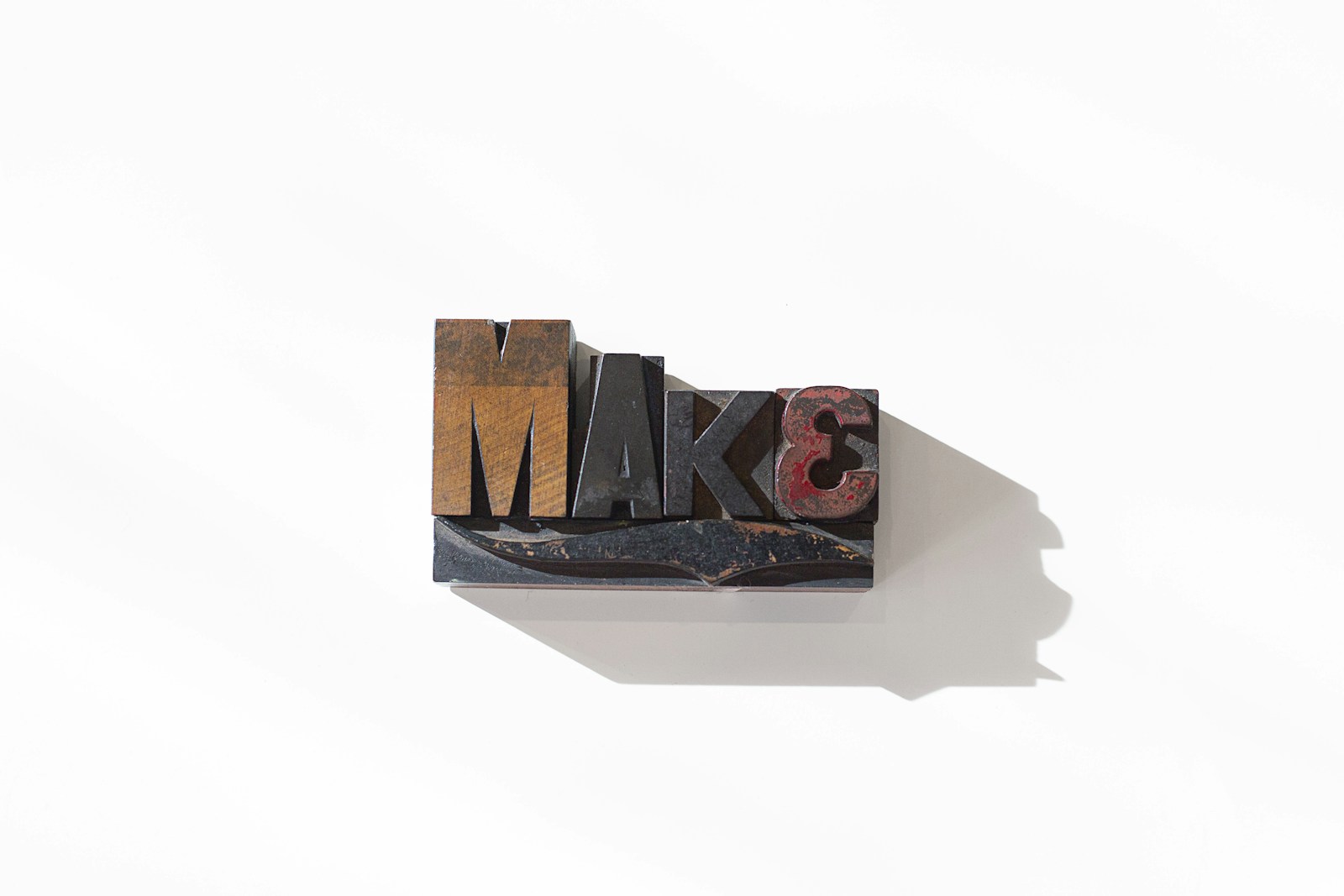
hacerse un esguince

Make a sprain
The Spanish phrase 'hacerse un esguince' is typically used in a medical or health context. This term is used to describe the action of injuring a ligament in your body through over-stretching, tearing, or pulling. In English, this phrase is equivalent to 'make a sprain' or 'to sprain oneself'. It's useful to know if you're involved in sports or physical activities where sprains might occur. In general conversation, it might refer to someone who has recently suffered this type of injury.
Example sentences using: hacerse un esguince
Durante el partido, Juanito corrió tan rápido que se temió que pudiera hacerse un esguince.

During the match, Juanito ran so fast that there was a fear he might sprain himself.
This phrase is describing a situation where a person, here named Juanito, was running so swiftly during a game that there was a concern about the possibility of him sustaining a sprain.
Al resbalar en la acera mojada, María casi se hace un esguince.

When slipping on the wet sidewalk, Maria almost sprains herself.
This sentence is describing an incident where Maria nearly sprained herself by slipping on a wet sidewalk. The term 'hacerse un esguince' signifies the act of getting injured by spraining.
Si no se atan bien los zapatos, es fácil hacerse un esguince.

If you do not tie your shoes properly, it is easy to sprain yourself.
The sentence warns about the risk of not tying one's shoes properly, which could lead to a sprain. It shows how everyday actions can lead to unexpected injuries, hence the use of the phrase 'hacerse un esguince'.